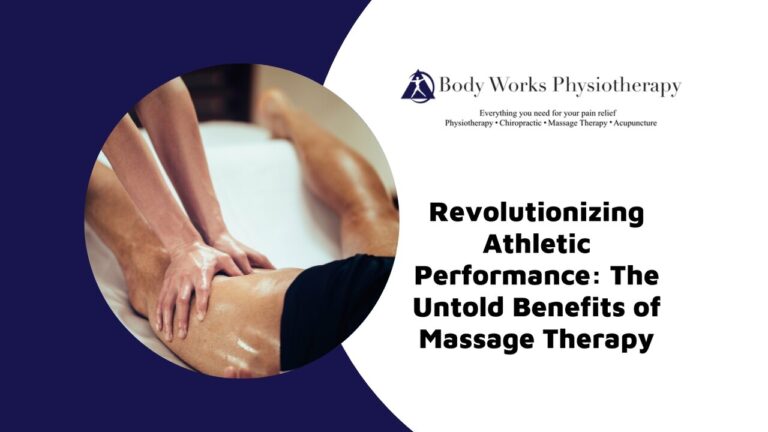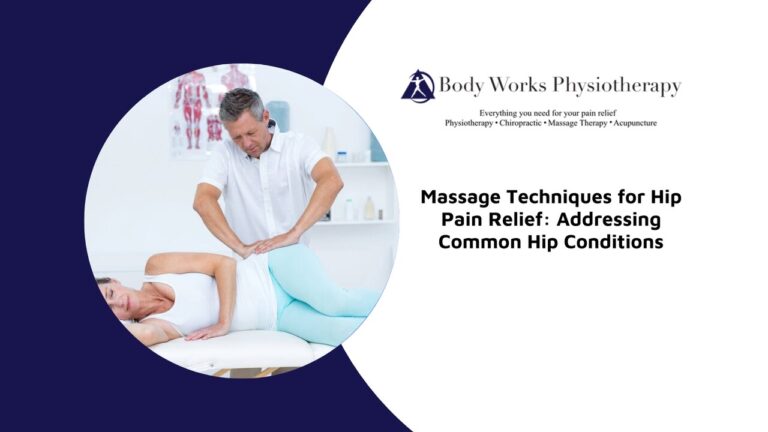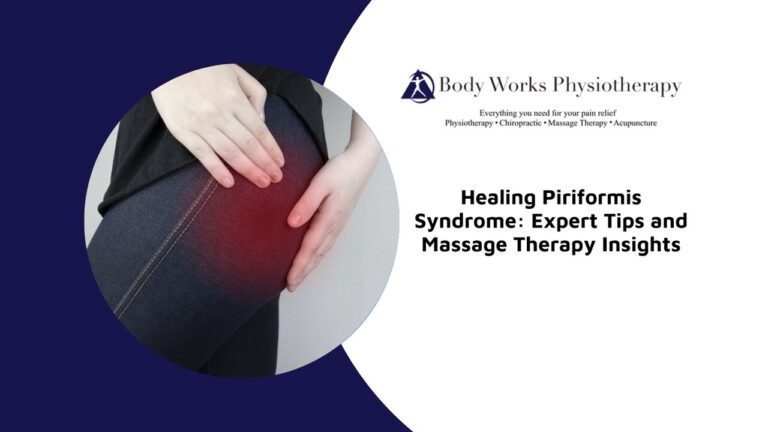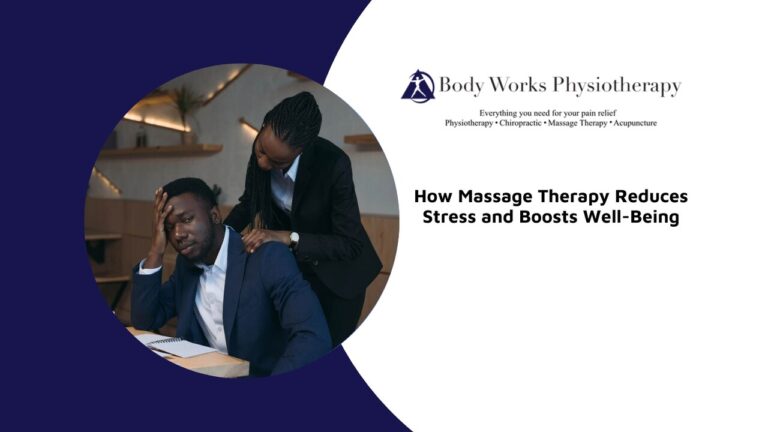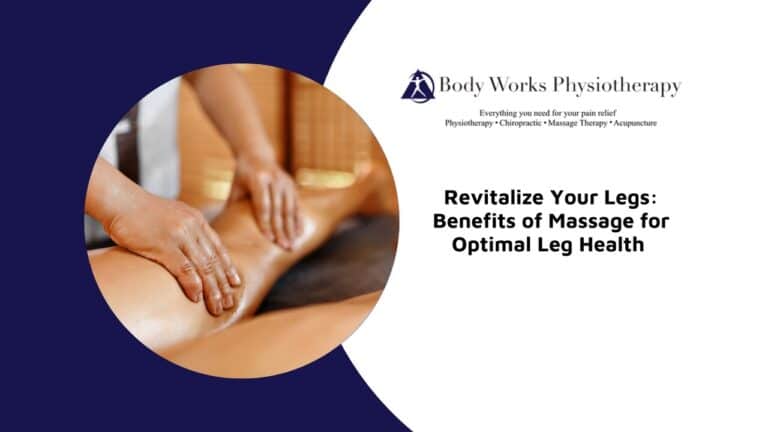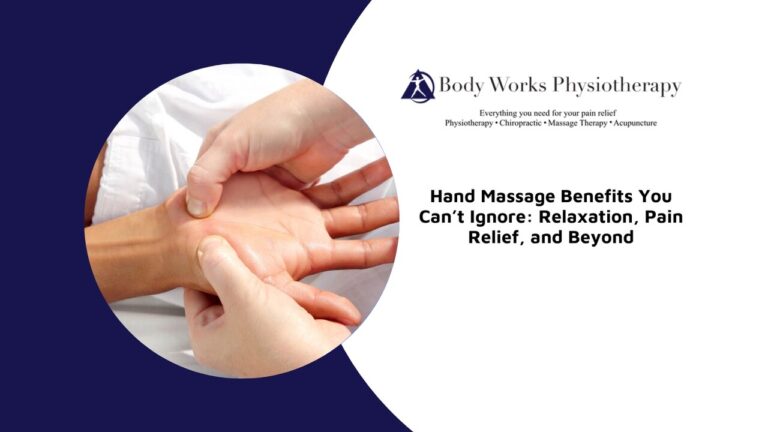
TMJ disorders can affect much more than just the jaw—they often lead to pain that radiates through the face, head, and neck. These symptoms are frequently caused by muscle tension and joint dysfunction, making massage therapy a valuable and effective part of treatment. By working directly on the muscles that control jaw movement, TMJ massage helps reduce strain, improve circulation, and restore motion. It also addresses surrounding areas like the neck and shoulders, which often hold hidden tension contributing to jaw discomfort. As part of a comprehensive care plan, massage offers both immediate relief and longer-term support.
Benefits of Massage Therapy for TMJ Pain
TMJ disorders can cause persistent pain in the jaw, face, head, and neck—and massage therapy offers a gentle, effective way to relieve that discomfort. By targeting the muscles that control jaw movement, massage helps reduce stress on the temporomandibular joint and surrounding tissues.
Here’s how massage therapy supports TMJ relief:
- Releases Muscular Tension: TMJ symptoms are often linked to tight, overworked jaw muscles. Massage eases this tension, improving mobility and reducing pain.
- Improves Blood Circulation: Better circulation supports healing by delivering oxygen and nutrients to stressed tissues around the joint.
- Restores Natural Movement: As muscles relax and inflammation subsides, the jaw can move more freely without the clicking, locking, or stiffness that many people with TMJ experience.
- Reduces Referred Pain: Massage not only helps the jaw but also eases related tension in the neck, shoulders, and head, which may contribute to headaches or facial pain.
Regular massage can make a significant difference for individuals living with TMJ dysfunction, especially when combined with other self-care and therapeutic strategies.
Types of Massage Techniques Used for TMJ Disorders
Because TMJ-related pain can involve multiple muscle groups and trigger points, therapists use a variety of techniques to address both surface and deep tissue restrictions.
Here are some of the most effective massage methods used in TMJ treatment:
- Trigger Point Therapy: Focuses on releasing knots in the jaw, neck, or facial muscles that can refer pain to other areas.
- Myofascial Release: A gentle, sustained pressure technique that works on the connective tissue surrounding muscles, relieving stiffness and improving range of motion.
- Intraoral Massage: This advanced technique involves working on the jaw muscles from inside the mouth using gloved hands. It helps release deep tension that may not be accessible from the outside.
- Deep Tissue Massage: Targets chronic muscular tension by applying slow, firm pressure, often in the jaw, neck, and upper back.
- Neck and Shoulder Techniques: Because postural strain can worsen TMJ symptoms, massage often includes stretching and kneading these areas to reduce overall tension.
These techniques are tailored to each individual’s comfort level and treatment goals, helping restore proper muscle function and reduce TMJ discomfort over time.
How Often Should You Get a Massage for TMJ Relief?
The ideal frequency for TMJ massage therapy depends on the severity of your symptoms and how your body responds to treatment. For those experiencing acute or intense TMJ pain, starting with one to two sessions per week can help reduce discomfort more quickly and begin restoring function. As your symptoms begin to improve, your therapist may recommend transitioning to biweekly or monthly sessions to maintain progress and prevent future flare-ups. This maintenance phase helps reinforce the benefits of earlier treatments while addressing any lingering tension.
Your therapist will also consider your daily habits, stress levels, and contributing factors like posture or jaw clenching when developing a treatment schedule. Because TMJ symptoms can fluctuate, the plan may be adjusted over time based on how your jaw feels and functions. Consistency during the early stages is especially important, as it helps build momentum toward long-term relief. Following your therapist’s recommendations ensures that your care is both effective and tailored to your unique needs.
Massage Therapy Sessions for TMJ: What to Expect
If you’re considering massage for TMJ relief, understanding what happens during a session can help you feel more prepared and comfortable.
Here’s what a typical TMJ-focused massage session includes:
- Initial Assessment: Your therapist will ask about your symptoms, lifestyle, stress levels, and jaw function to develop an effective treatment plan.
- Focus Areas: The session will target muscles involved in jaw movement—such as the masseter, temporalis, pterygoid, and upper trapezius.
- Techniques Used: You may receive external work on the jaw and neck, intraoral massage (if appropriate), or other soft tissue techniques depending on your comfort.
- Session Length and Comfort: Treatments are typically 30–60 minutes and are adjusted to your tolerance level to avoid aggravating sensitive tissues.
- Aftercare Advice: You may be given tips on hydration, gentle stretches, or posture changes to support continued progress between sessions.
TMJ massage is often deeply relaxing, and many people report feeling a noticeable difference after just one or two visits.
Can Self-Massage Techniques Help Manage TMJ Symptoms?
Self-massage can be a valuable tool for managing TMJ symptoms between professional treatments, especially when discomfort arises during daily activities or periods of stress. By gently using your fingertips to massage the jaw muscles, you can help release mild tension and ease soreness caused by clenching or grinding. Applying light pressure to areas like the masseter or temporalis can reduce trigger point sensitivity and encourage muscle relaxation. Incorporating slow jaw movements and stretches into your routine can also restore mobility and reduce stiffness.
Beyond physical benefits, self-massage promotes awareness of muscle habits, helping you recognize when your jaw is becoming tense so you can address it early. While it’s not a replacement for professional care, it can extend the benefits of massage therapy when done properly. To ensure you’re using the right technique, ask your therapist to guide you through a few exercises tailored to your symptoms. When practiced regularly and safely, self-massage becomes a practical part of TMJ management and long-term comfort.
Using Massage for TMJ Treatment: Understanding Possible Risks and Precautions
While massage therapy is generally safe and effective for TMJ disorders, it’s important to understand when extra care is needed.
Here are some key precautions:
- Pre-Existing Medical Conditions: Individuals with certain health issues—such as recent jaw injuries, joint hypermobility, or inflammatory arthritis—should consult a healthcare provider before beginning treatment.
- Severe or Unstable TMJ Dysfunction: In cases involving joint locking or structural damage, massage should be part of a multidisciplinary approach under professional supervision.
- Pain and Communication: Always communicate openly with your therapist. If you feel sharp pain, dizziness, or discomfort, let them know immediately so they can adjust techniques.
- Intraoral Work Considerations: Intraoral massage may not be suitable for everyone. Your therapist will explain the benefits, precautions, and hygiene protocols before proceeding.
Massage therapists are trained to adapt treatment to your needs, and when performed properly, TMJ massage is a low-risk and highly beneficial approach to managing pain.
Leave Pain Behind, Embrace Health
If TMJ symptoms are interfering with your daily comfort, massage therapy could be a key step toward lasting relief. By easing tight jaw muscles, improving joint function, and relieving related tension in the head and neck, massage can help you manage pain more naturally and effectively. Whether you’re dealing with stress-related clenching or chronic jaw stiffness, professional massage therapy offers a gentle, hands-on solution tailored to your needs. To learn more about your options and start feeling better, reach out to Body Works Physiotherapy in Scarborough—their team is here to support your recovery with personalized care.

